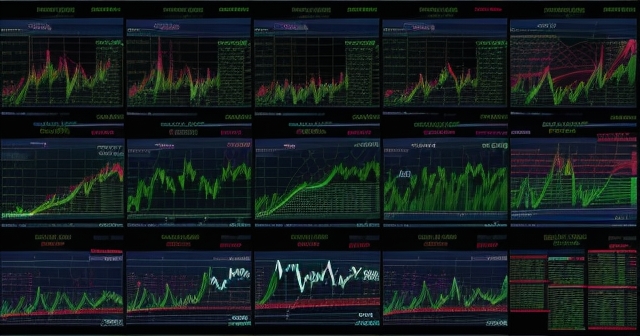
Futures Contract Example: Unlocking the Mystery with Real-World Scenarios
Table of Contents
ToggleNavigating the Dynamic World of Futures Contracts: Examples and Market Trends
Welcome to an exploration of futures contracts, essential instruments in the global financial landscape. As aspiring traders and investors, understanding these derivatives is crucial. They offer powerful tools for managing risk, speculating on future price movements, and contribute significantly to price discovery across a vast array of asset classes, from agricultural goods to interest rates and cryptocurrencies. In this journey, we will delve into recent market dynamics, competitive shifts, regulatory challenges, and the pervasive influence of macroeconomic forces, using real-world examples to illuminate these complex concepts. What exactly is a futures contract, and how do they shape the markets you observe every day?
Key aspects of futures contracts:
- Act as a hedge against price fluctuations.
- Facilitate price discovery in various asset classes.
- Involve high levels of leverage, which can amplify both gains and losses.
Understanding the Core Mechanism of Futures Contracts
At its heart, a futures contract is a legally binding agreement to buy or sell a specific asset or commodity at a predetermined price on a future date. Think of it as locking in a price today for a transaction that will occur later. This simple mechanism underlies everything from securing a future supply of corn to betting on the direction of a major stock index or anticipating changes in interest rates.
Participants in the futures market generally fall into two broad categories: hedgers and speculators. Hedgers use futures to mitigate price risk in their underlying business. For example, an airline might buy oil futures to lock in fuel costs, protecting itself from rising prices. A farmer might sell corn futures to guarantee a price for their future harvest, shielding against potential price declines. Speculators, on the other hand, trade futures purely to profit from anticipating price movements, accepting the risk that hedgers seek to avoid. Both are vital for market liquidity and efficiency.
Futures trading occurs on organized exchanges, like the CME (Chicago Mercantile Exchange) or the LME (London Metal Exchange), which standardize the contracts (size, quality, delivery date) and act as a central counterparty through a clearinghouse. This clearinghouse guarantees that both sides of the contract will be fulfilled, significantly reducing counterparty risk for traders. When you trade a futures contract, you are interacting with the clearinghouse, not directly with the person on the other side of the trade. This structure is fundamental to the integrity and scale of the futures market.
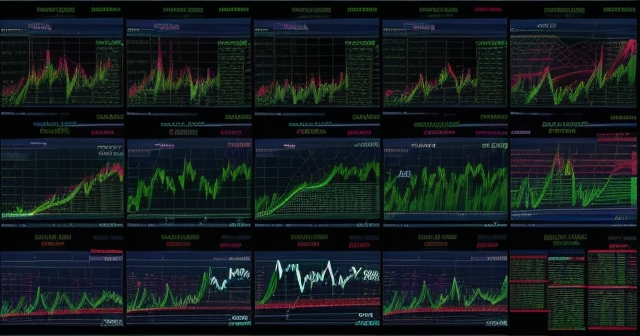
Unlike buying a stock outright, trading futures involves leverage. You only need to put up a fraction of the contract’s total value as initial margin. This leverage can amplify gains but also significantly magnify losses, a critical factor for new traders to understand. What are some concrete examples of how these contracts behave in specific markets?
Diverse Examples in Action: The Cocoa Market’s Speculative Surge
Futures markets offer a window into the real-world forces impacting specific assets. Consider the recent dynamics in the Cocoa futures market. We’ve seen extraordinary price movements, driven in part by fundamental supply concerns in major producing regions but significantly amplified by speculative activity.
Recent data indicates that hedge funds have amassed record long positions in Cocoa futures. These large bets on rising prices can act as a powerful force, pushing prices higher, especially in a market facing supply constraints. This demonstrates how the actions of large market participants, particularly speculators like hedge funds, can exert significant influence on commodity prices traded via futures contracts. For someone new to trading, observing these phenomena in markets like Cocoa illustrates the potent combination of supply/demand fundamentals and speculative flow that can shape prices. How do these dynamics translate to newer asset classes, like cryptocurrencies?
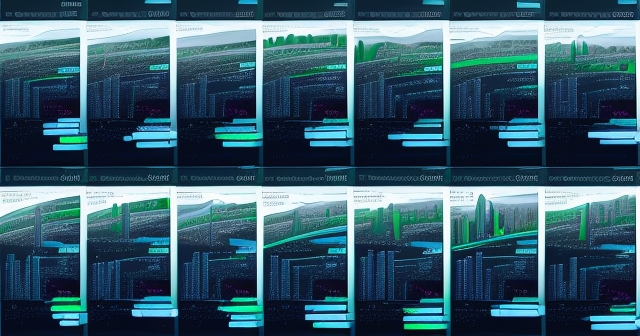
Bitcoin Futures and the Digital Asset Frontier
The evolution of financial markets means futures contracts are constantly adapting to new asset classes. The advent of Bitcoin futures and other cryptocurrency-linked derivatives is a prime example. We’ve observed record levels of activity in these contracts, particularly following the launch of related investment products like spot Bitcoin ETFs.
These futures allow market participants to gain exposure to Bitcoin’s price movements without directly holding the underlying cryptocurrency. They are used by institutions for hedging, by arbitrageurs to exploit price differences between the spot and futures markets, and by speculators betting on Bitcoin’s volatile price swings. The high volume in Bitcoin futures reflects growing institutional interest and provides additional liquidity and price discovery mechanisms for the digital asset ecosystem. It also highlights how futures markets serve as a bridge between traditional finance and emerging asset classes. What about markets traditionally seen as benchmarks for stability?
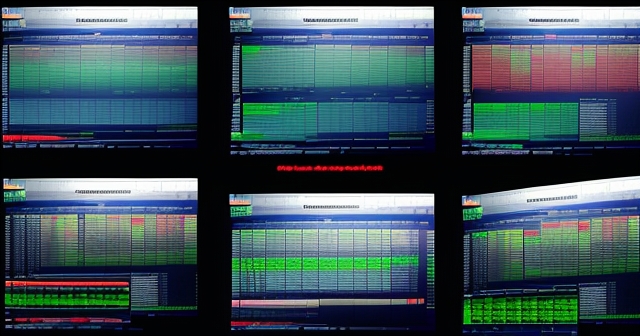
The Critical Role of Treasury Futures: Stability and Systemic Risk
One of the largest and most critical futures markets globally is that for US Treasury futures. These contracts, based on US government debt (like 2-year, 5-year, 10-year, and 30-year Treasury bonds), are used extensively by institutions and investors to hedge interest rate risk, speculate on the direction of bond yields, and manage exposure to the world’s most important sovereign debt market.
Despite their perception as a stable market, Treasury futures have faced periods of significant volatility. Concerns have been raised by bodies like the BIS (Bank for International Settlements) regarding potential market turmoil driven by large speculative positions, specifically substantial short positions held by hedge funds engaging in the “basis trade.” This strategy involves simultaneously buying a Treasury bond and selling its corresponding future, profiting from small price differentials. While seemingly low-risk, the sheer size of these positions can pose systemic risks if markets move sharply against them, potentially leading to forced selling and magnifying volatility. This underscores that even in seemingly safe markets, the interplay of leverage and large positions requires careful monitoring by regulators and market participants alike. Why is this market also a battleground for exchanges?
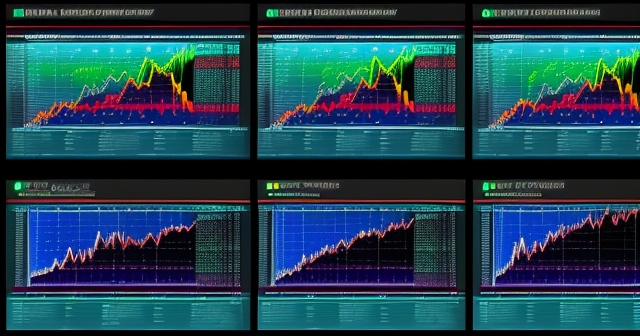
Competition Among Exchanges: Challenging the Incumbents
The landscape of futures trading isn’t static; it’s a fiercely competitive environment where exchanges vie for volume, participants, and dominance. We’ve seen significant challenges to established players, particularly in the lucrative US Treasury futures market.
Entities backed by major financial powerhouses, such as Howard Lutnick’s venture supported by firms like Goldman Sachs and Citadel Securities, are actively seeking to disrupt the long-held dominance of the CME. These new entrants aim to offer alternative trading venues, potentially with different fee structures, matching engines, or margining processes, to attract large market participants dissatisfied with the status quo or seeking more favorable terms. This competition is not limited to Treasuries; we’ve also seen regional centers like Hong Kong and Singapore compete for control over trading specific assets, such as China stock futures. The proposed disruptive models, like FTX’s previous idea to replace intermediaries with automated risk management, highlight a potential future evolution in how these markets could operate. What does this competition mean for the infrastructure and access to these markets?
As markets evolve and new venues emerge, access and platform choice become increasingly important for traders. If you’re looking to explore various financial instruments, including potentially currency futures, selecting a platform that provides broad market access and reliable execution is key. Choosing the right platform is a crucial step in navigating these competitive market dynamics.
Regulatory Oversight: Ensuring Market Integrity
With the potential for significant leverage and large-scale speculation, futures markets are subject to stringent regulatory oversight. Bodies like the CFTC (Commodity Futures Trading Commission) in the US play a vital role in maintaining market integrity and protecting participants.
Regulatory actions demonstrate this commitment. We’ve seen the CFTC assert its authority by blocking novel or unusual contracts deemed against the public interest, such as proposals for futures contracts based on political outcomes. Furthermore, past market crises serve as stark lessons that inform current regulations and exchange practices. The LME nickel crisis, where the market experienced extreme volatility and ultimately saw trades canceled, led to intensive reviews of exchange standards, the implementation of circuit breakers to halt trading during excessive swings, and even High Court rulings addressing the fallout. Legal enforcement actions against market manipulation, like the spoofing case involving NatWest Group in the Treasury markets, underscore the ongoing effort to police misconduct and maintain fair trading conditions. Regulatory vigilance is a constant feature of the futures landscape, adapting to new instruments and market behaviors.
The Impact of Global Macroeconomics: Trade Wars and Interest Rates
Futures markets are highly sensitive barometers of global economic health and political developments. Macroeconomic factors exert a profound influence on price movements across virtually all asset classes traded via futures.
Consider the impact of US-China trade talks. These negotiations, and the tariffs associated with them, directly affect market sentiment and trading activity. News related to trade progress or setbacks can trigger significant price swings in US equity index futures (like S&P 500 and Nasdaq 100 futures), as well as in commodity futures (like Oil and Gold) and currency futures, reflecting changing expectations for global growth, corporate earnings, and trade flows. President Trump’s tariffs, for example, were seen by some economists as posing a risk of a “stagflationary blow” to global economies, a risk immediately factored into futures prices.
Interest rates are another major driver. Expectations regarding central bank policy, particularly the US Federal Reserve’s decisions on interest rates, are immediately reflected in Interest Rate futures (like Fed Funds futures). Changes in forecasts for inflation or economic growth directly alter bets on future rate cuts or hikes, causing prices in these futures contracts to adjust rapidly. Similarly, banking fears or concerns about financial stability can impact expectations for economic activity and central bank responses, influencing price movements in markets like Oil futures, which are tied to global demand. Understanding these complex links between macro events and futures price action is fundamental for informed trading.
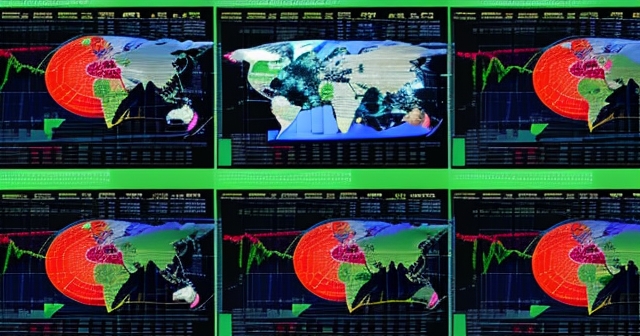
Currency Futures and the Interconnected Global Market
In our interconnected world, currency movements are critical, impacting international trade, investment, and the value of assets held in different denominations. Currency futures allow participants to hedge against foreign exchange risk or speculate on the future value of one currency relative to another (e.g., EUR/USD, USD/JPY, GBP/USD futures). These markets are highly liquid and directly influenced by interest rate differentials, economic data releases, geopolitical events, and trade policies we discussed earlier.
Trading currency futures, or currency pairs via instruments like CFDs (Contracts For Difference), requires access to global markets through a reliable broker. If you’re considering entering the world of forex trading or exploring a wide range of CFD products, understanding the platform options available is a key step. Whether you focus on major currency pairs or diversify into other assets, the platform you choose significantly impacts your trading experience.
If you’re exploring options for accessing global currency markets and a variety of other financial instruments, finding a platform that meets your needs is essential. When evaluating choices, consider factors like the range of assets offered, available trading platforms (MT4, MT5, etc.), execution speed, and regulatory compliance.
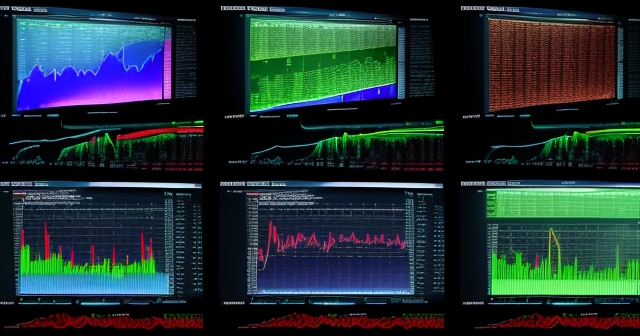
Navigating Risk and Opportunity in Futures Trading
The futures market, while offering significant opportunities, also comes with substantial risks, primarily due to the inherent leverage. A small move against your position can lead to significant losses, potentially exceeding your initial margin deposit. This is why a thorough understanding of margin requirements, risk management tools (like stop-loss orders), and volatility is paramount.
Successfully navigating these markets requires not only understanding the mechanics of the contracts but also developing a strong analytical framework. Technical analysis, which involves studying price charts and patterns to predict future movements, is widely used by futures traders. Combining technical signals with fundamental analysis (understanding supply/demand for commodities, economic indicators for interest rates, or geopolitical events for currencies) can provide a more robust trading strategy. However, remember that past performance is not indicative of future results, and unexpected events can rapidly alter market conditions.
The Evolving Landscape of Futures Markets
The futures market is continuously evolving, influenced by technology, regulatory shifts, and the changing nature of global finance. The rise of algorithmic trading and high-frequency trading has transformed execution and liquidity dynamics. The increasing focus on environmental, social, and governance (ESG) factors is beginning to influence commodity markets and potentially the development of new types of futures contracts. Cybersecurity and the resilience of exchange infrastructure are also growing concerns.
Understanding this dynamic environment is key for anyone serious about futures trading. It requires continuous learning, adapting to new information, and refining your approach based on market experience. As we’ve seen, from the speculative frenzy in Cocoa to the systemic concerns in Treasuries and the rapid growth of crypto derivatives, the futures market is a vibrant, complex, and ever-changing arena.
| Market Type | Example Futures Contracts | Key Characteristics |
|---|---|---|
| Commodities | Cocoa, Oil | Susceptible to supply and demand shocks. |
| Financial | US Treasury, Interest Rate | Used for hedging interest rate risk. |
| Cryptocurrency | Bitcoin | High volatility, speculative trading prevalent. |
Conclusion: Empowering Your Futures Trading Journey
Futures contracts are far more than just financial instruments; they are reflections of global economic forces, supply and demand dynamics, and the collective sentiment of market participants. We’ve explored diverse examples – Cocoa, Bitcoin, Treasuries, Oil, Currencies – highlighting the unique characteristics and shared influences that shape their markets.
We’ve seen how competition among exchanges is driving innovation and challenging established norms, how rigorous regulatory oversight is necessary to maintain integrity in the face of complex strategies and crises, and how macroeconomic events like trade wars and interest rate policy directly translate into price movements that traders must interpret. For both the new investor and the seasoned technical analyst, a deep appreciation for these dynamics is invaluable.
Trading futures, like any form of market participation, requires knowledge, discipline, and a robust understanding of risk. By studying these examples, recognizing the interplay of fundamentals, speculation, regulation, and macroeconomics, you can approach the futures market with greater confidence and a clearer perspective on the opportunities and challenges it presents. Continue to learn, refine your analysis, and trade wisely as you navigate this exciting and vital segment of the financial world.
futures contract exampleFAQ
Q:What is a futures contract?
A:A futures contract is a legally binding agreement to buy or sell an asset at a predetermined price on a future date.
Q:Who are the main participants in the futures market?
A:Main participants include hedgers, who mitigate price risk, and speculators, who trade for profit based on price movements.
Q:How does leverage work in futures trading?
A:Leverage allows traders to control a large contract value with a smaller initial margin, which can amplify both profits and losses.
You may also like
Calendar
| 一 | 二 | 三 | 四 | 五 | 六 | 日 |
|---|---|---|---|---|---|---|
| 1 | 2 | 3 | 4 | 5 | 6 | 7 |
| 8 | 9 | 10 | 11 | 12 | 13 | 14 |
| 15 | 16 | 17 | 18 | 19 | 20 | 21 |
| 22 | 23 | 24 | 25 | 26 | 27 | 28 |
| 29 | 30 | 31 | ||||
發佈留言
很抱歉,必須登入網站才能發佈留言。